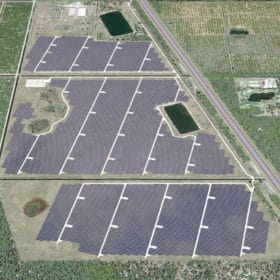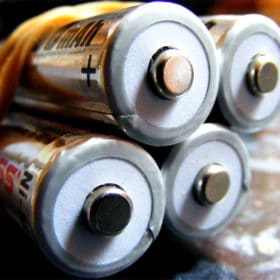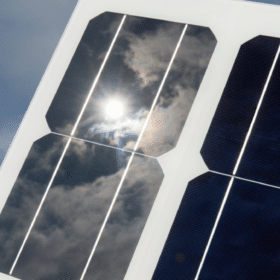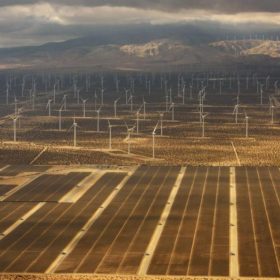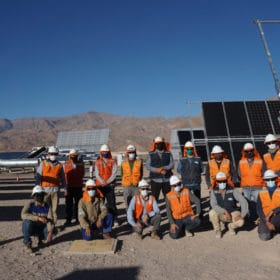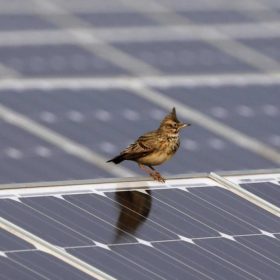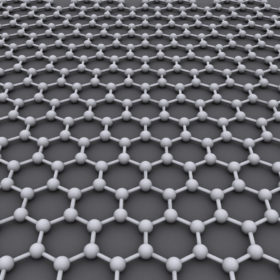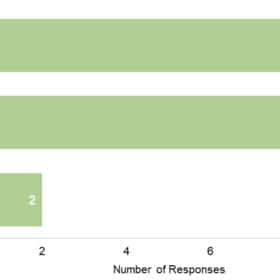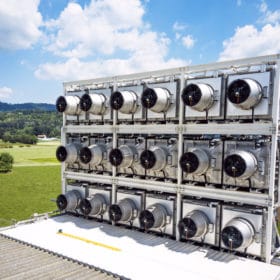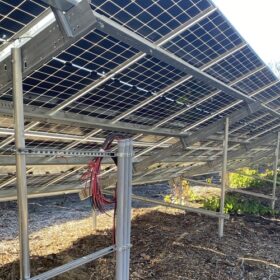America’s highways have significant solar potential
A report just released by the University of Texas at Austin’s Webber Energy Group has tackled how much solar each state could develop along interstate interchange and exit locations and how much this solar could potentially be worth.
Plasma enables smaller, more powerful NMC-811 cathodes
Batteries could shrink even more with smaller crystals in the cathodes. Battery packs in electric vehicles and consumer goods could become smaller, while still offering high performance.
In search of the ‘most rational design’ for anti-reflective coating
Scientists in Spain have tested various properties of anti-reflective and anti-soiling coatings for PV module glass, aiming to develop a material that offers the best balance of desired material properties at the lowest cost. Over a year of testing, the best coatings were shown to boost module output by around 2%, and the group also made several observations that could influence future developments of coatings for PV module front glass.
Renewables have outpaced nuclear and coal to start 2020
In the latest edition of Electric Power Monthly, EIA data shows that renewable resources have generated more electricity through May 31st than both coal and nuclear power.
The world’s sunniest PV testing field
French energy giant Engie recently commissioned a solar module testing facility in Chile’s Atacama Desert, a region which has the world’s highest solar radiation. Thore Müller – head of bifacial PV R&D and solar services at Engie Laborelec, talked to pv magazine about the advantages of testing panels, inverters and cleaning systems in hot, arid environments.
European consortium bid to bring 25.4%-efficient heterojunction-IBC solar cell into mass production
The EU-funded Nextbase project aims to manufacture heterojunction, interdigitated back-contact solar modules for less than €0.275/W. Solar panels featuring the Nextbase cell tech are expected to have a conversion efficiency of 23.2%, according to the European Commission.
A new Argonne study will use AI to study the relationship between birds and solar projects
Yuki Hamada, an Argonne remote-sensing scientist is leading a three-year study with the end goal of creating a program that can analyze video of solar projects, identify birds that interact with projects from said video and draw conclusions into the solar-bird relationship.
Morning Brief: California sets example for community solar, transparent graphene electrodes for PV cells
Also in the brief: The never ending saga of Arkansas utilities battling their 2,320 net metering customers, Atom Power raises $17.8 million for a solid-state circuit breaker for commercial and industrial buildings.
PV plants lasting longer, with lower operational costs
Solar plants are now expected to last 32.5 years and have operational costs of $17 per kW/year, as shown by a Berkeley Lab survey of industry participants.
Climeworks just raised $75M to pull CO2 out of the atmosphere
Direct-air capture, along with its mythic sisters, clean coal and carbon capture and sequestration, is a process where CO2 from fossil generators and industrial sources is captured, treated and injected into underground earth formations for permanent storage or for industrial use.
